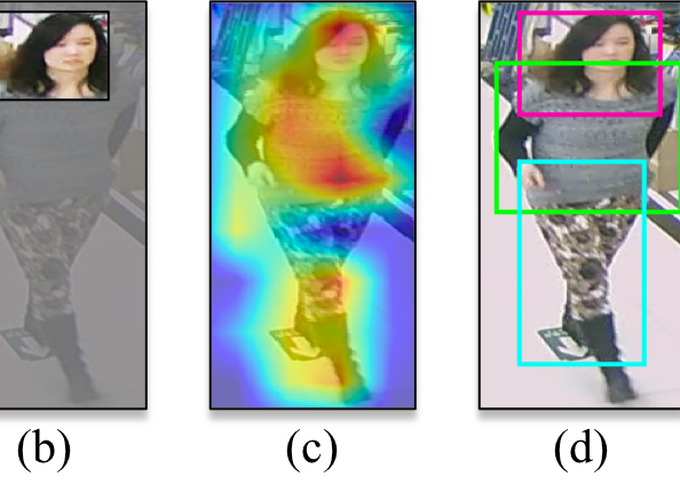Improving Pedestrian Attribute Recognition With Weakly-Supervised Multi-Scale Attribute-Specific Localization

Improving Pedestrian Attribute Recognition With Weakly-Supervised Multi-Scale Attribute-Specific Localization
Abstract
Pedestrian attribute recognition has been an emerging research topic in the area of video surveillance. To predict the existence of a particular attribute, it is demanded to localize the regions related to the attribute. However, in this task, the region annotations are not available. How to carve out these attribute-related regions remains challenging. Existing methods applied attribute-agnostic visual attention or heuristic body-part localization mechanisms to enhance the local feature representations, while neglecting to employ attributes to define local feature areas. We propose a flexible Attribute Localization Module (ALM) to adaptively discover the most discriminative regions and learns the regional features for each attribute at multiple levels. Moreover, a feature pyramid architecture is also introduced to enhance the attribute-specific localization at low-levels with high-level semantic guidance. The proposed framework does not require additional region annotations and can be trained end-to-end with multi-level deep supervision. Extensive experiments show that the proposed method achieves state-of-the-art results on three pedestrian attribute datasets, including PETA, RAP, and PA-100K.